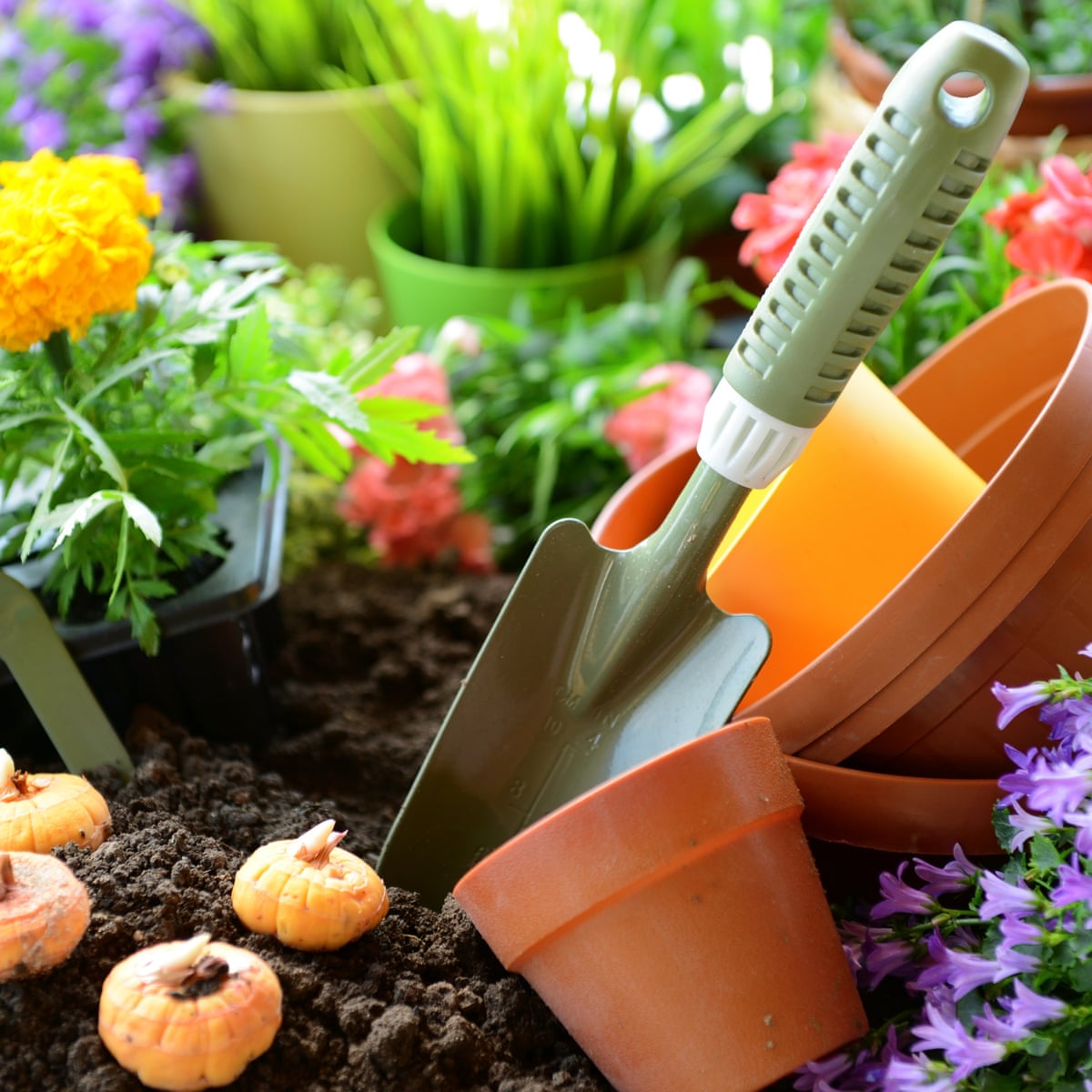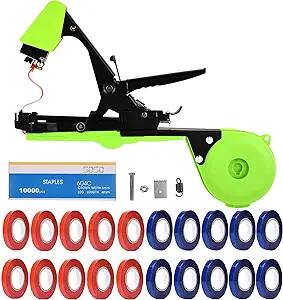Seasonal Gardening Tips: What to Plant and When for Best Outcomes
Seasonal Gardening Tips: What to Plant and When for Best Outcomes
Blog Article
The Comprehensive Overview to Horticulture: Discover the Advantages of Various Styles and Approaches
Gardening includes a diverse array of designs and techniques, each offering distinct advantages tailored to individual choices and environmental contexts. As we discover these different designs, it becomes noticeable that the choices made can significantly affect both the garden's wellness and its payment to the surrounding setting.
Recognizing Horticulture Essentials
Comprehending the basics of gardening is necessary for cultivating a prospering and sustainable yard. A successful horticulture venture begins with a solid structure of expertise regarding soil, plant selection, and climate factors to consider.
Picking the right plants is just as essential. Comprehending their details demands-- such as sunshine, water, and spacing-- guarantees compatibility with the regional environment and dirt problems. This option procedure should also think about the development behaviors and lifecycle of plants, allowing for a balanced and visually pleasing garden.
Additionally, reliable sprinkling practices are vital. Over-watering and under-watering can both lead to plant anxiety and illness. Carrying out a timetable based upon seasonal adjustments and plant needs can enhance water performance.
Popular Gardening Styles
What specifies the significance of popular horticulture styles? These styles envelop varied visual concepts, useful demands, and ecological considerations, ultimately reflecting the garden enthusiast's individual vision. Among one of the most prominent designs is the cottage yard, identified by its informal layout and a vivid variety of flowers and vegetables. This strategy highlights a harmonious mix of color and texture, creating a welcoming environment.
Alternatively, the formal yard symbolizes symmetry and order, usually including geometric patterns and meticulously cut hedges. This design communicates style and elegance, with meticulously chosen plants that enhance a structured visual.
The Japanese garden uses a serene and reflective experience, utilizing all-natural components like water, stones, and plants to develop a tranquil atmosphere. It concentrates on simplicity and equilibrium, encouraging consideration.
In addition, xeriscaping has gotten popularity, especially in dry regions (Gardening). It prioritizes drought-resistant plants and reliable water use, advertising sustainability while enhancing landscape appeal
Benefits of Container Horticulture
Container gardening supplies a wide range of advantages that make it an enticing alternative for both beginner and knowledgeable garden enthusiasts alike. One of the primary advantages is adaptability; containers can be positioned in various locations, enabling gardeners to enhance sunshine direct exposure and create aesthetically enticing setups. This adaptability makes it possible to yard in spaces where standard in-ground horticulture might not be practical, such as terraces, patios, or urban settings.
Furthermore, container horticulture gives better control over dirt problems. Garden enthusiasts can tailor the dirt mix to match details plants, ensuring optimal drainage and nutrient availability. This is particularly useful for individuals residing in areas with poor or contaminated soil.
An additional considerable benefit is the lowered danger of pests and conditions. Container plants can be kept an eye on much more easily, and any kind of problems can be addressed promptly. This technique can minimize the spread of intrusive species.
Lasting Gardening Practices
Lasting gardening techniques are necessary for promoting ecological health and improving biodiversity in our communities. These techniques prioritize eco-friendly balance, source conservation, and making use of organic methods to reduce adverse environmental impacts. By utilizing strategies such as composting, gardeners can decrease waste while enhancing dirt health, thus cultivating a thriving garden ecological community.
Water conservation is one more essential element of lasting gardening. Methods such as rain harvesting, drip irrigation, and using drought-resistant plants can substantially lower water usage while ensuring that plants get adequate dampness. Moreover, incorporating native plant types into yard styles sustains local wildlife and reduces the requirement for chemical plant foods and pesticides, which can be hazardous to the atmosphere.

Eventually, sustainable gardening practices not only add to much healthier yards but also promote a more resilient setting, supplying long-term advantages to linked here both the gardener and the surrounding community.
Tips for Successful Horticulture
To grow a thriving garden, garden enthusiasts must prioritize mindful planning and thoughtful implementation of their gardening approaches. Begin by examining the neighborhood climate and soil conditions, as these elements substantially affect plant option and development. Choose plants that are well-suited to your environment, thinking about native types that will certainly love marginal treatment.
Applying a well-structured format is vital (Gardening). Make use of buddy growing methods to promote biodiversity and all-natural insect control, while guaranteeing each plant has adequate area for development. This not just improves aesthetics however likewise enhances total plant health
Regular maintenance is key to a successful yard. Establish a constant routine for watering, weeding, and feeding. Mulching can assist preserve moisture and suppress weeds, while additionally adding that site natural matter to the dirt.
Don't undervalue the importance of observation. Frequently checking plant wellness and development will enable prompt treatments. Be open to finding out and adapting; gardening is a constant process that profits from experience and testing. By prioritizing careful planning, implementation, and ongoing maintenance, gardeners can achieve a lively have a peek here and productive yard that flourishes throughout the periods.
Verdict


In summary, the expedition of varied gardening designs and methods discloses their diverse advantages, adding to both visual charm and environmental health. Container horticulture supplies versatility and availability, while sustainable practices enhance ecological stewardship.
Report this page